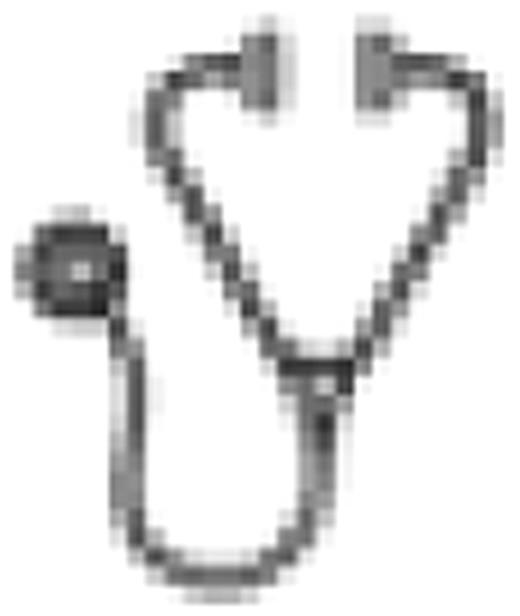Abstract
Abstract 909
Internal tandem duplications of FLT3 (FLT3-ITD) occur in approximately one third of acute myeloid leukemia (AML) patients and are associated with poor outcome. It has been suggested that allogeneic hematopoietic stem cell transplantation (allo-HSCT) from a matched related donor (MRD) can overcome the negative impact of FLT3-ITD. However, for those patients without MRD it is unclear, whether the adverse impact can be abrogated by allo-HSCT from a matched unrelated donor (MUD).
To assess clinical outcome in AML with FLT3-ITD after allo-HSCT from MRD and MUD.
The study included 437 adult patients (median age, 47 years; range, 16–60 years) with newly diagnosed, FLT3-ITD positive AML enrolled on five prospective treatment trials of the German-Austrian AML Study Group (AMLSG) between 1993 and 2008. Patients with acute promyelocytic and core binding factor leukemia were excluded. FLT3-ITD was diagnosed by genomic DNA PCR and Genescan analysis. Mutant to wild-type FLT3-ITD ratio (allelic ratio) was available in 78%, and FLT3-ITD insertion site was determined by direct sequencing in 59% of the patients.
The strategy of allo-HSCT changed in November 2006. Before the amendment, only patients with MRD were intended to receive allo-HSCT in first complete remission (CR), whereas thereafter, the spectrum of donors was extended to MUD. To account for the time dependency of allo-HSCT, landmark analyses for univariable analyses and Andersen Gill models for multivariable analyses were used.
CR rates before and after the amendment were 72% and 68%, respectively (p=0.63). Before amendment, 71 of 234 (30%) patients received allo-HSCT (48 MRD, 23 MUD), after amendment, 58 of 77 (74%) patients (16 MRD, 42 MUD). After amendment, the cohort was characterized by a significantly higher white blood count (WBC) (p=0.002), higher allelic ratio (p=0.04) and a higher frequency of FLT3-ITD insertion site in the beta-1-sheet (p=0.05). Comparing the two cohorts before and after amendment, there was no significant difference in relapse-free survival (RFS) (p=0.51) and overall survival (OS) (p=0.45). To account for the differences in the frequencies of unfavorable prognostic markers, we performed multivariable analyses in the whole population including the following variables: age, log(WBC), allo-HSCT from MRD or MUD, NPM1 mutation and median dichotomized allelic ratio. This model revealed allo-HSCT from MRD (HR 0.64, p=0.03) and age (difference of ten years) (HR 1.19, p=0.02) as significant prognostic parameters, whereas allo-HSCT from MUD was not significant (HR 0.82, p=0.31). In subset analysis, based on the availability of FLT3-ITD insertion site, the beneficial impact of allo-HSCT from MRD (HR 0.48, p=0.02) was even more pronounced, and FLT3-ITD insertion site in the beta-1-sheet appeared as a significant variable (HR 1.67, p=0.01). Landmark analyses for RFS at five months revealed a beneficial impact of allo-HSCT from both MRD and MUD, whereas at later time points the beneficial impact of allo-HSCT from MUD disappeared. There was no significant difference in cumulative incidence of relapse (p=0.25) and death (p=0.50) between allo-HSCT from MRD and MUD. Of 167 patients who relapsed, four received allo-HSCT from a haplo-identical family donor (HID), 54 from MUD and 12 from MRD. Overall survival for relapsed patients without transplantation and those with allo-HSCT from MRD was below 10% after one year and was significantly inferior compared to patients receiving allo-HSCT from MUD or HID with 49% after one year (p<0.0001).
Allo-HSCT from MRD and also from MUD, if performed early during first CR, improves survival of younger adult patients with FLT3-ITD positive AML. Outcome after relapse was generally very poor, with allo-HSCT from MUD or HID having a beneficial effect.
No relevant conflicts of interest to declare.

This icon denotes an abstract that is clinically relevant.
Author notes
Asterisk with author names denotes non-ASH members.

This feature is available to Subscribers Only
Sign In or Create an Account Close Modal